Bali’s temples operate as living spiritual centers where ancient Hindu traditions continue to govern daily worship, not just a courtesy for tourists, but a religious necessity. The island’s temple dress codes reflect centuries of spiritual practice where clothing serves as a form of respect toward the divine, with specific requirements that vary depending on the temple’s significance and ceremonial activities. These rules aren’t meant to inconvenience visitors—they’re sacred protocols that maintain the spiritual integrity of spaces where locals come to pray, make offerings, and connect with their ancestors.
Understanding and respecting these dress codes opens doors to experiencing Bali’s spiritual heart rather than just its scenic exterior, creating opportunities for meaningful cultural exchange. Here’s a list of 17 Bali temples where strict dress codes ensure that visitors participate respectfully in one of Indonesia’s most sacred traditions.
Pura Besakih
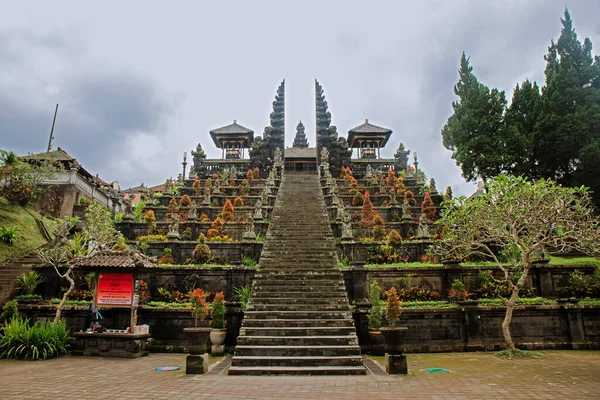
Known as the ‘Mother Temple,’ this massive complex on Mount Agung’s slopes enforces the strictest dress codes in Bali, requiring traditional ceremonial attire for anyone entering the inner sanctums. Visitors must wear white clothing, with men donning udeng headbands and women covering their shoulders and legs completely.
The temple provides sarongs and sashes, but the white shirt requirement means coming prepared or purchasing appropriate clothing nearby. The dress code’s strictness reflects the temple’s supreme importance in Balinese Hinduism, where improper attire is considered deeply disrespectful to the gods and ancestors.
Pura Tanah Lot
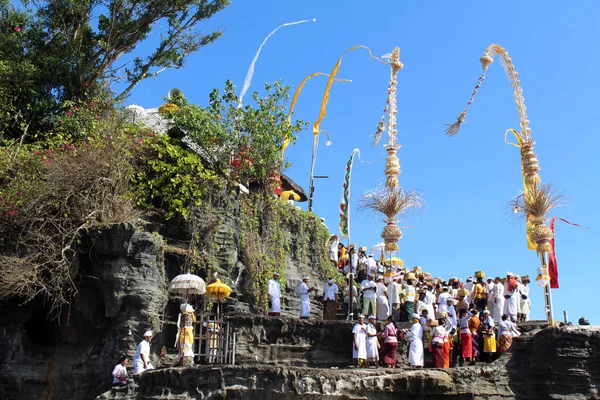
This iconic sea temple enforces strict dress codes that become more stringent during high tide ceremonies, when the temple’s connection to the ocean amplifies its spiritual significance. The basic requirements include covered shoulders and legs, with sarongs mandatory for entering any temple buildings.
During major ceremonies, additional restrictions apply, including white clothing requirements and specific head coverings. The temple’s location, surrounded by crashing waves, creates dramatic photo opportunities, but the dress code ensures that spiritual protocol takes precedence over casual sightseeing.
Like Travel Pug’s content? Follow us on MSN.
Pura Uluwatu
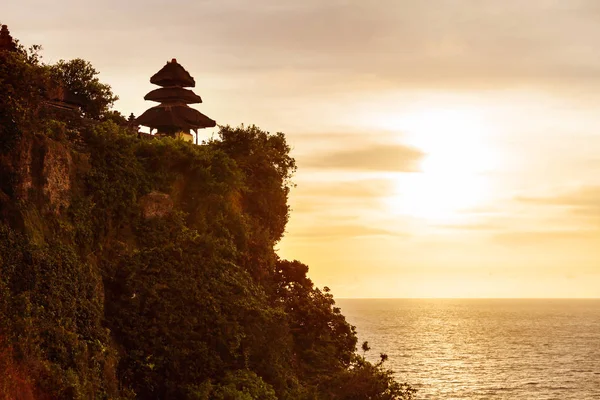
Perched on dramatic cliffs overlooking the Indian Ocean, this temple requires modest dress that becomes more critical during the daily kecak fire dance performances held within the temple grounds. The clifftop location and strong winds make loose clothing impractical, so visitors must balance modesty with practicality.
Long pants or skirts are mandatory, with sarongs provided for those who arrive inappropriately dressed. The temple’s dramatic setting and cultural performances make it popular with tourists, but the dress code ensures that the spiritual atmosphere remains intact.
Pura Tirta Empul
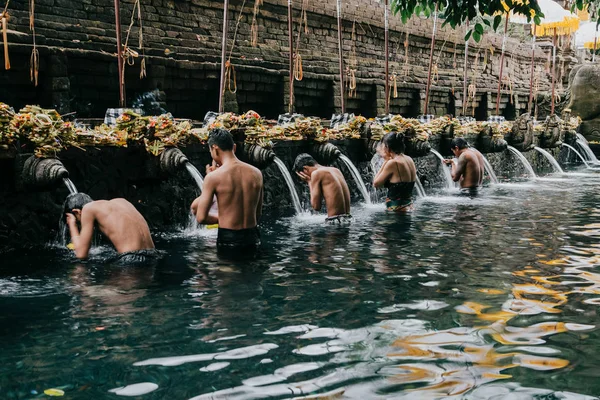
This holy water temple enforces strict dress codes for anyone participating in the purification rituals, with white clothing strongly recommended for the cleansing ceremonies. The temple’s sacred springs require participants to wear appropriate clothing that can get wet while maintaining modesty throughout the ritual.
Sarongs are mandatory for entering the temple complex, with additional requirements for those joining the purification ceremonies. Cleanliness and modesty reflect the temple’s role as a spiritual cleansing center where proper attire helps maintain the ritual’s sacred nature.
Pura Goa Gajah
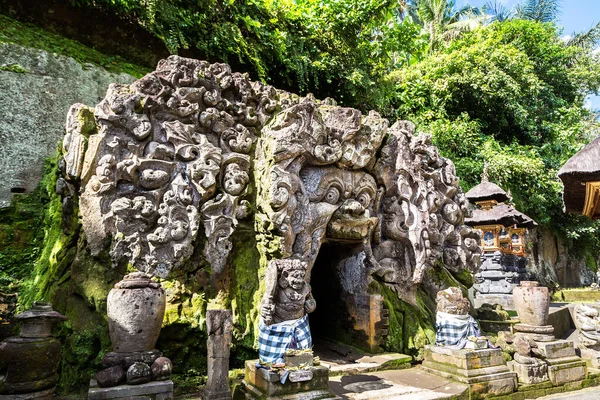
The ‘Elephant Cave’ temple requires modest dress for exploring the ancient carved entrance and meditation caves, with particular attention to footwear restrictions in certain areas. The temple’s archaeological significance means that preservation concerns merge with spiritual requirements, creating dress codes that protect both the site and its sacred atmosphere.
Covered shoulders and legs are mandatory, with sarongs provided for visitors who arrive unprepared. The temple’s historical importance and active worship areas mean that dress codes are enforced consistently regardless of visitor numbers.
Like Travel Pug’s content? Follow us on MSN.
Pura Taman Ayun
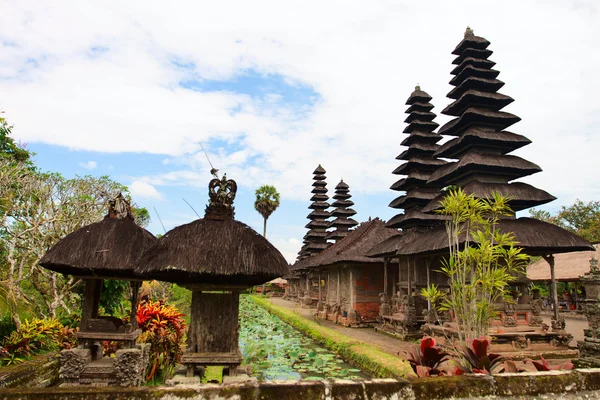
This royal temple complex enforces dress codes that reflect its historical significance as a royal family temple, with requirements that honor both spiritual and cultural traditions. The temple’s beautiful gardens and traditional architecture attract many visitors, but entry to the inner courtyards requires appropriate attire, including sarongs and covered shoulders.
The dress code’s formality reflects the temple’s royal heritage and continued importance in local ceremonies. Traditional head coverings are required for certain areas, with temple staff providing guidance on appropriate dress for different sections.
Pura Luhur Batukaru
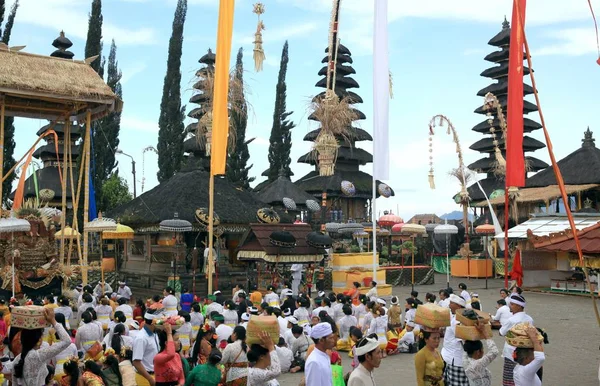
This mountain temple’s dress code reflects its role as a sacred site dedicated to the spirit of Mount Batukaru, with requirements that honor the mountain’s spiritual significance. The temple’s secluded mountain setting and solemn significance demand modest dress that respects the site’s role in local religious practices.
White clothing is preferred for major ceremonies, with sarongs mandatory for all visitors entering the temple grounds. The dress code’s emphasis on traditional attire helps maintain the temple’s authentic spiritual atmosphere away from tourist crowds.
Pura Ulun Danu Beratan
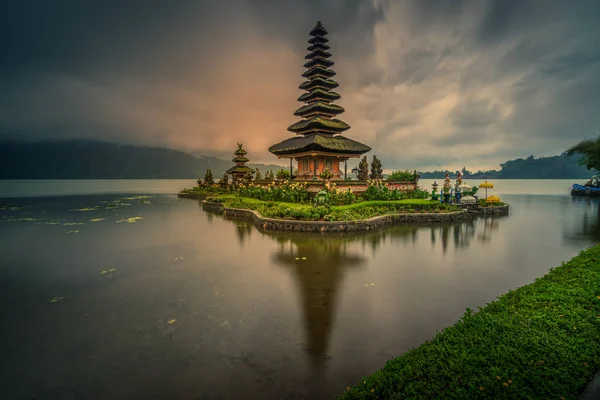
This lakeside temple’s dress code becomes particularly important during water ceremonies, when the temple’s connection to the sacred lake amplifies its spiritual significance. The temple’s photogenic location attracts many visitors, but entry requires modest dress that respects the site’s active role in local agricultural ceremonies.
Sarongs are mandatory for entering temple buildings, with additional requirements during major festivals when the temple fills with worshipers. The dress code ensures that tourism doesn’t interfere with the temple’s primary function as a spiritual center.
Like Travel Pug’s content? Follow us on MSN.
Pura Lempuyang
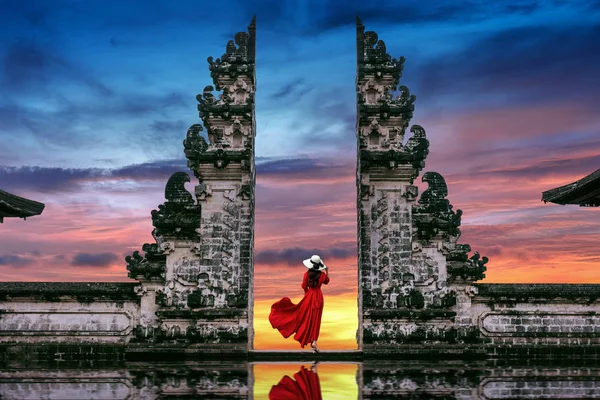
This temple complex’s dress code reflects its status as one of Bali’s most important pilgrimage sites, with requirements that prepare visitors for the challenging climb to the summit temples. The temple’s elevation and spiritual significance demand appropriate attire that can handle the physical demands while maintaining modesty throughout the journey.
White clothing is strongly recommended for the summit temples, with sarongs mandatory at all levels. The dress code’s emphasis on preparation reflects the temple’s role as a serious spiritual destination rather than a casual tourist attraction.
Pura Gunung Kawi
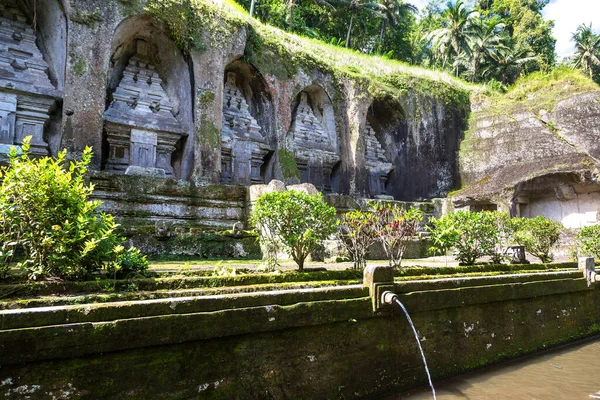
This ancient temple complex, carved into rock faces, enforces dress codes that honor its historical significance and continued role in ancestor worship. The temple’s archaeological importance and active spiritual use require modest dress that respects both the site’s antiquity and its contemporary religious function.
Sarongs are mandatory for entering the temple complex, with covered shoulders required throughout the visit. The dress code helps maintain the site’s spiritual atmosphere while protecting the ancient carvings from damage caused by inappropriate contact.
Pura Kehen
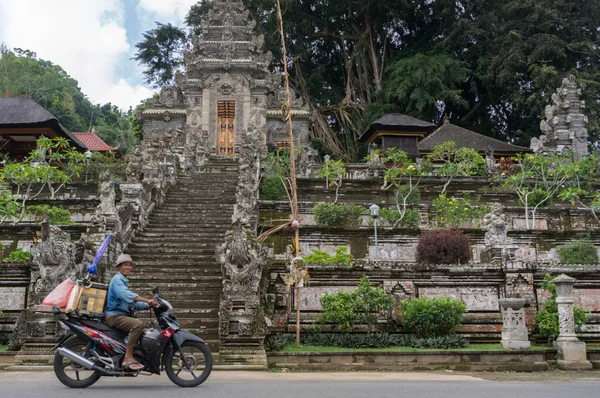
This terraced temple complex requires modest dress that reflects its importance as a royal temple with continued significance in local religious practices. The temple’s architectural beauty and historical importance attract visitors, but entry requires appropriate attire that honors the site’s spiritual function.
Traditional sarongs are mandatory, with white clothing preferred during major ceremonies. The dress code’s formality reflects the temple’s royal heritage and continued importance in the local community’s religious life.
Like Travel Pug’s content? Follow us on MSN.
Pura Saraswati
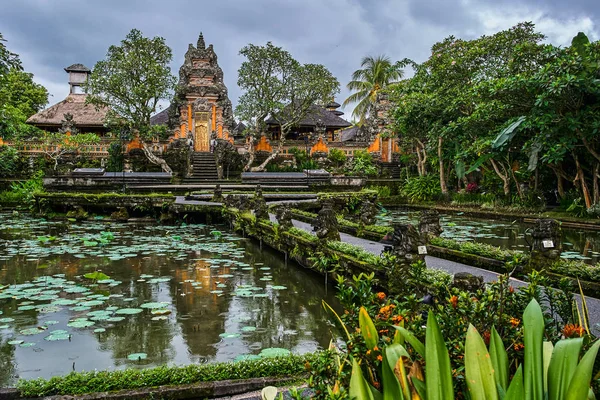
This Ubud temple, dedicated to the goddess of knowledge and arts, enforces dress codes that reflect its role as both a spiritual center and a cultural venue. The temple’s lotus pond and traditional architecture create a serene atmosphere that requires modest dress to maintain.
Sarongs are mandatory for entering the temple grounds, with additional requirements during dance performances held within the complex. The dress code ensures that cultural events don’t compromise the temple’s spiritual integrity.
Pura Pusering Jagat
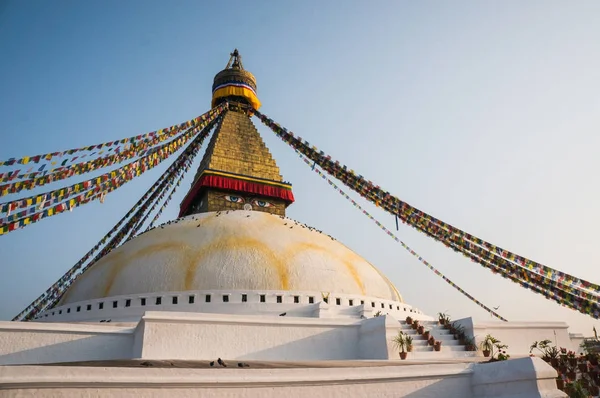
This temple complex’s dress code reflects its significance as a center for traditional Balinese ceremonies, with requirements that honor the site’s role in community spiritual life. The temple’s active use for local ceremonies means that dress codes are enforced consistently to maintain the spiritual atmosphere.
Modest dress, including sarongs and covered shoulders, is mandatory, with white clothing preferred during major festivals. The dress code’s emphasis on traditional attire helps preserve the temple’s authentic spiritual character.
Pura Maduwe Karang
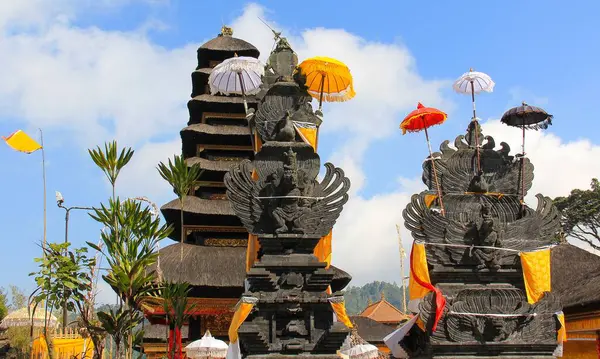
This temple’s dress code reflects its importance in agricultural ceremonies, with requirements that honor its role in blessing the harvest and ensuring community prosperity. The temple’s location in Bali’s agricultural region means that dress codes must accommodate both spiritual requirements and practical considerations for visitors exploring the surrounding area.
Sarongs are mandatory for entering the temple grounds, with modest dress required throughout the visit. The dress code helps maintain the temple’s spiritual atmosphere while accommodating its role in local agricultural traditions.
Like Travel Pug’s content? Follow us on MSN.
Pura Pasar Agung
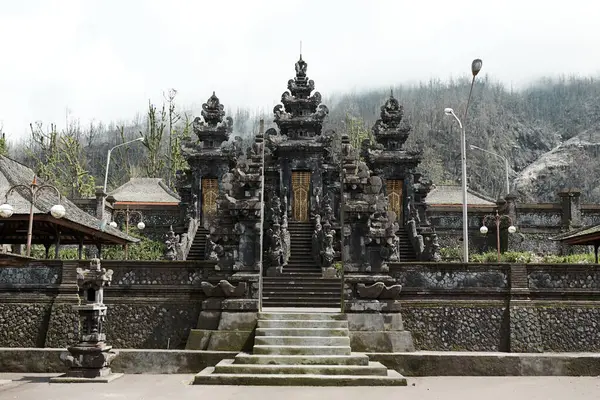
This mountain temple’s dress code reflects its elevation and spiritual significance, with requirements that prepare visitors for the challenging access and serious spiritual atmosphere. The temple’s remote location and difficult access mean that dress codes must balance spiritual requirements with practical considerations for mountain travel.
White clothing is strongly recommended, with sarongs mandatory for all visitors. The dress code’s emphasis on preparation reflects the temple’s role as a destination for serious spiritual pilgrimage rather than casual tourism.
Pura Penataran Agung
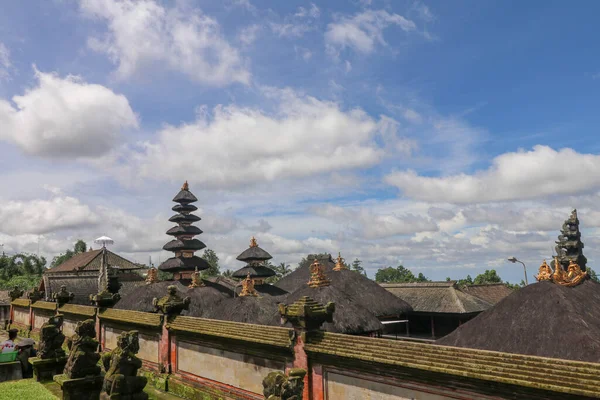
This temple complex’s dress code reflects its significance as a major ceremonial center, with requirements that honor the site’s role in important religious festivals and community celebrations. The temple’s active use for major ceremonies means that dress codes are enforced strictly to maintain the spiritual atmosphere.
Traditional attire, including sarongs and white clothing, is required during major festivals, with modest dress mandatory at all times. The dress code ensures that the temple’s spiritual function takes precedence over tourist convenience.
Pura Yeh Pulu
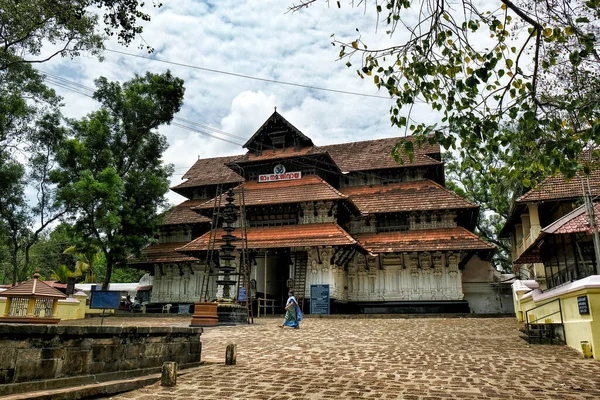
This ancient temple site’s dress code reflects its archaeological significance and continued spiritual importance, with requirements that protect both the site’s historical integrity and its sacred atmosphere. The temple’s relief carvings and historical importance require modest dress that respects the site’s dual role as an archaeological treasure and a spiritual center.
Sarongs are mandatory for entering the temple complex, with covered shoulders required throughout the visit. The dress code helps preserve the site’s spiritual atmosphere while protecting the ancient carvings from damage.
Like Travel Pug’s content? Follow us on MSN.
Where Respect Meets Reverence
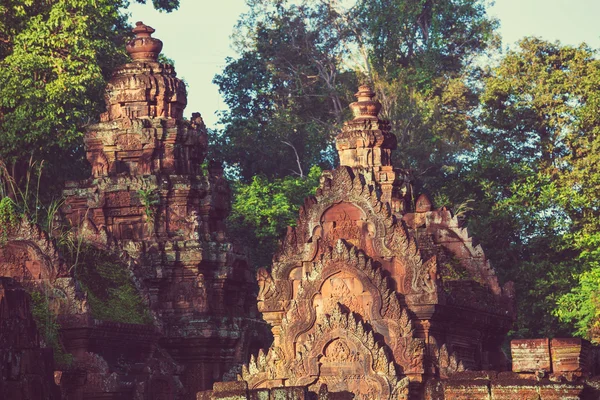
These temples prove that Bali’s spiritual traditions remain vibrant and meaningful, with dress codes that ensure visitors participate respectfully in living religious practices rather than treating sacred spaces as tourist attractions. Each temple’s requirements reflect its specific role in Balinese Hindu tradition, from mountain pilgrimage sites to agricultural blessing centers, creating opportunities for genuine cultural understanding through respectful participation.
The island’s commitment to maintaining these standards ensures that its temples continue to serve their primary spiritual function while welcoming visitors who approach them with appropriate respect and preparation.
More from Travel Pug

- 20 Best Beach Towns in the Carolinas
- 13 Destinations Where Tourists Regularly Regret Their Trip
- 20 Things You Actually Get in First Class
- 20 Small Airports With Aviation Museums
- 20 Places in the U.S. That Are Perfect for a Reset Trip
Like Travel Pug’s content? Follow us on MSN.
